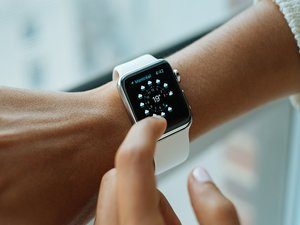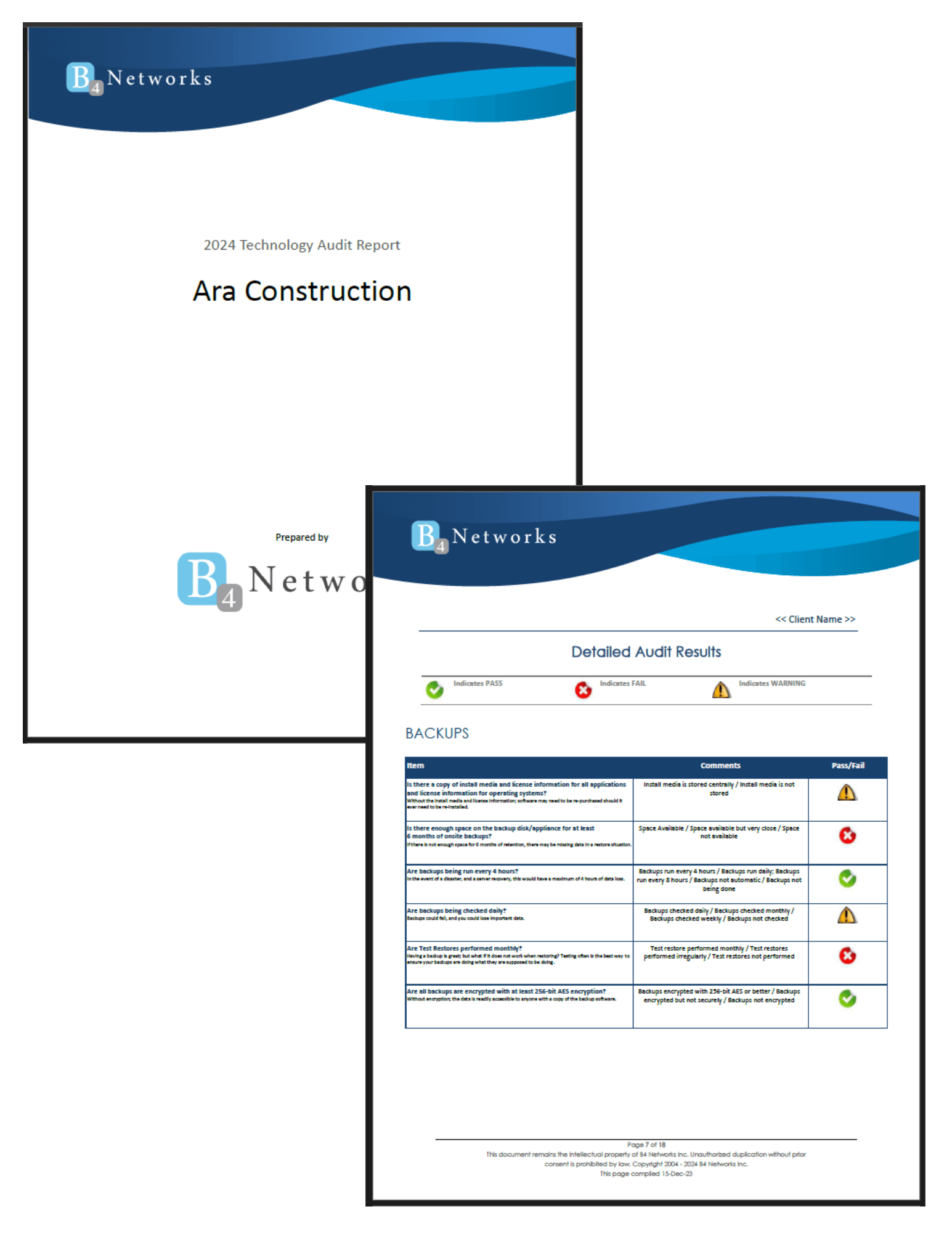Authored by: Bryan Lachapelle, President & CEO
 What do fitness trackers, smart rings, insulin pumps, and smart watches all have in common?
What do fitness trackers, smart rings, insulin pumps, and smart watches all have in common?
They’re all wearables - small, powerful devices worn on the body that keep tabs on steps, heart rates, sleep, blood sugar, and a whole lot more.
But here’s what many folks don’t realize: wearables aren’t just personal health gadgets anymore. They’re part of the Internet of Things (IoT) -meaning they’re not only connected to your body, but also tied into your phone, cloud accounts, and sometimes even your work systems.
At B4 Networks, we love technology that helps people live healthier and work smarter. But we also see the other side: these same devices can open the door to serious cybersecurity risks. And when wearables mix with your business email, calendars, and apps, those risks become a company problem, not just a personal one.
The Hidden Risks in Your Wearables
Let’s keep it simple. Here are a few reasons wearables can be a security concern:
Limited built-in security:
Most wearables run on lightweight software with minimal protections. That makes them easier targets for cybercriminals.
Lots of connectivity:
Wearables link up to your phone, wifi, or even their own cellular signal. That’s convenient, but every connection is another possible way in for hackers.
Sensitive personal data:
Wearables track intimate details - location, health stats, daily routines. If someone gets access to that data, it can quickly become a privacy nightmare.
Real-World Examples
Consider a smartwatch with its own phone number. It can get texts and calls independently. That’s handy - until it becomes a channel for phishing (SMS scams) or vishing (voice scams).
Or think about smart glasses that record video, take photos, and store audio. If the glasses are lost or hacked, or if the linked cloud account is compromised, private moments could be exposed.
Many people also link wearables to work emails or project apps. But spotting suspicious links or spoofed addresses on a tiny screen is tough, which makes phishing attacks easier to miss.
What Can You Do About It?
The good news? A few simple steps can go a long way:
Turn off features you don’t need.
If you’re not using GPS, wifi, or the microphone, disable them in your wearable’s settings.
Use strong passwords and enable multifactor authentication.
Protect both the device and any online accounts where wearable data is stored.
Review app permissions.
Make sure your wearable only accesses what it absolutely needs. If an app doesn’t need your contacts or calendar, shut that down.
The Bottom Line
Wearables are incredible tools that can improve health, boost productivity, and make life easier. But they’re also small computers, always on and always connected - and that means they deserve the same security attention as your laptop or phone.
At B4 Networks, we help businesses across Niagara’s construction and manufacturing sectors secure not just their networks and machines, but the people who keep them running - including their wearables.
If you’d like us to take a closer look at how wearables might be affecting your company’s security, we’re here to help. Let’s make sure technology is working for you - not against you.



